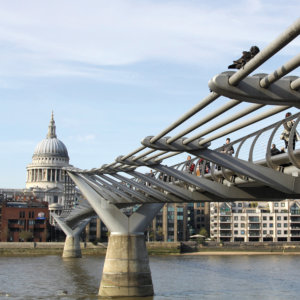Can High-Frequency Trading Drive the Stock Market Off a Cliff?
Much of the time, high-frequency trading firms play a benign role in financial markets. But in a nervous market with downward price pressure, high-frequency trading can create fierce volatility.
On May 6, 2010, at around 2:40 p.m., U.S. stock market indices suffered a sudden drop of 9%, evaporating over one trillion dollars within 30 minutes. The event was known as the “flash crash,” and it has been the subject of much discussion and analysis since that time. The U.S. Commodity Futures Trading Commission and the U.S. Securities and Exchange Commission investigated the cause of the flash crash and, in a September 2010 report, identified the initial catalyst as a single large sell order, with high-frequency trading then helping accelerate the market decline. That conclusion, in turn, triggered further discussion, as some believe that the report overstated the role of the single sell order.
However, there is no mystery behind the price declines that occurred during the flash crash: Price declines happen when there are more sellers than buyers in the market. Imagine a market composed of 10 sellers, all eager to sell the same product, and with only one buyer in the market. The only way sellers can compete for the sole buyer is to reduce the price. The heated competition for buyers created by the flash crash of 2010 temporarily took the stocks of some companies, such as Accenture PLC, to just a penny. The real question is: What caused this sudden and violent imbalance between buy and sell pressures during the flash crash?
Because the crash happened at a speed beyond any human’s reaction time, many people suspect that the high-frequency trading industry was responsible for it. High-frequency trading firms use fully automated computer systems to buy and sell stocks very rapidly — and make thin profits by being ahead of human orders. After conducting a computer simulation of high-frequency trading behavior, we have gained new insights into the role of high-frequency trading in events like the flash crash. This is our version of the story.
The Crowd and the Bridge
Our story begins with an analogy — to the Millennium Bridge in London. When the Millennium Bridge first opened in June 2000, as many as 2,000 people at a time began to walk across the bridge.


Comment (1)
Ivan Gruer